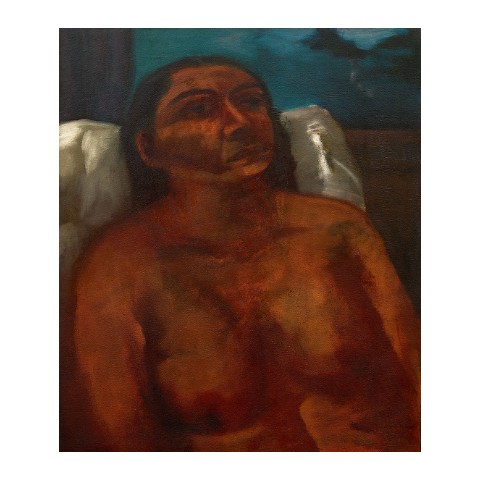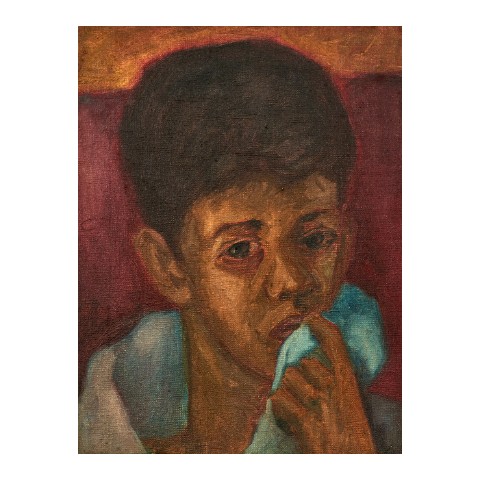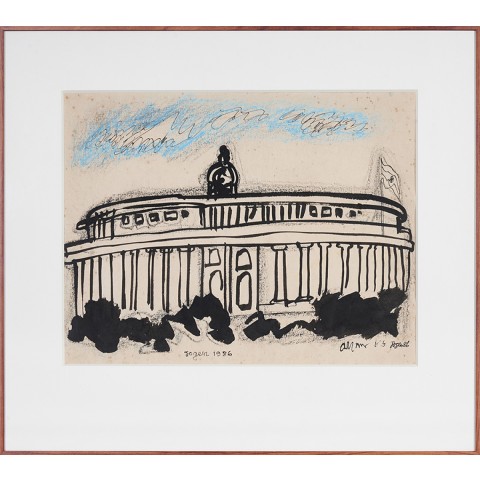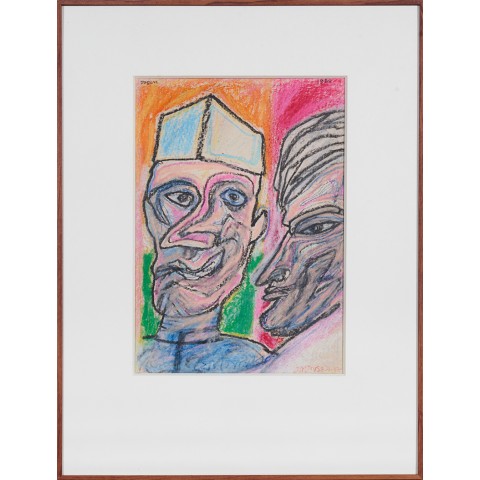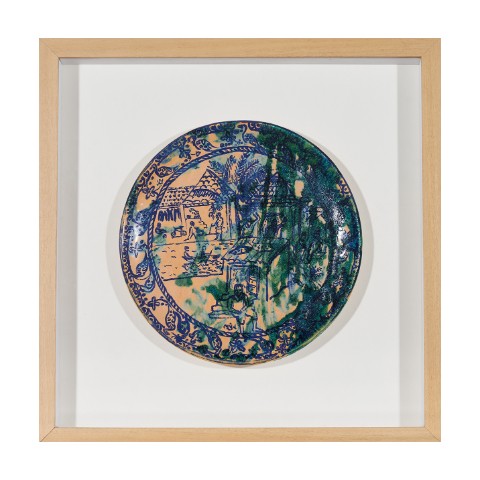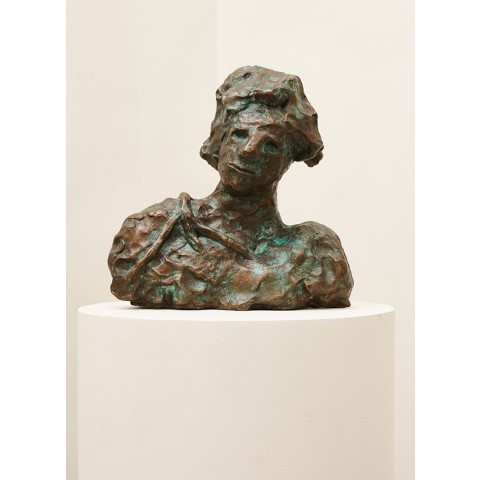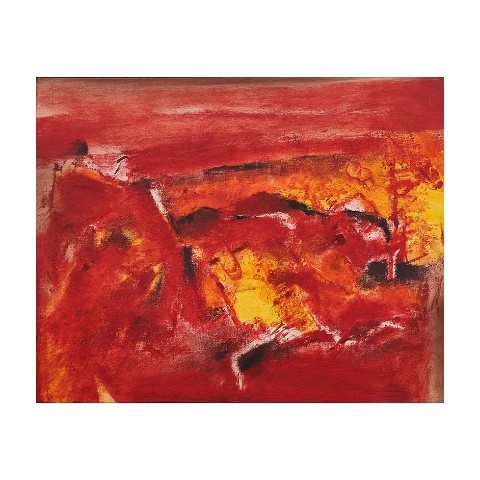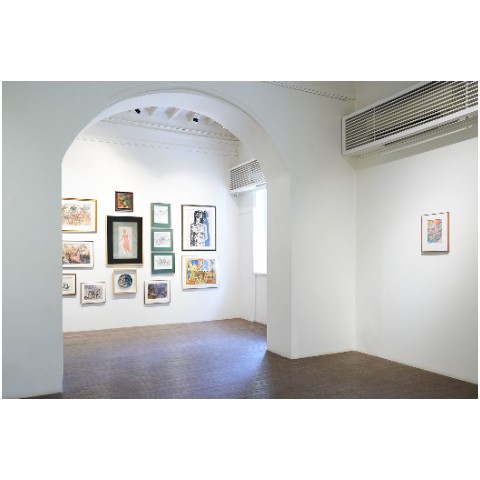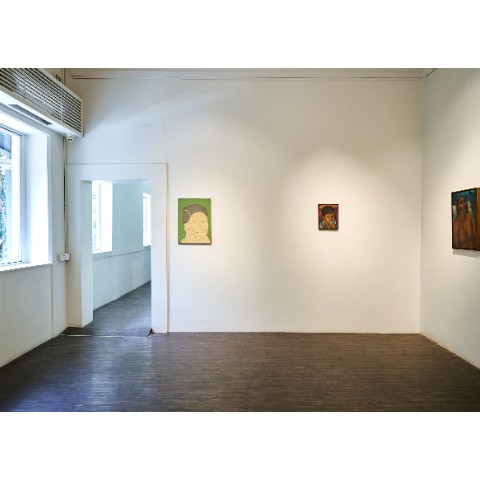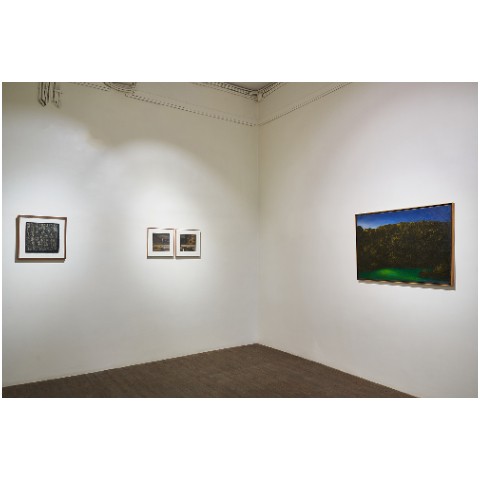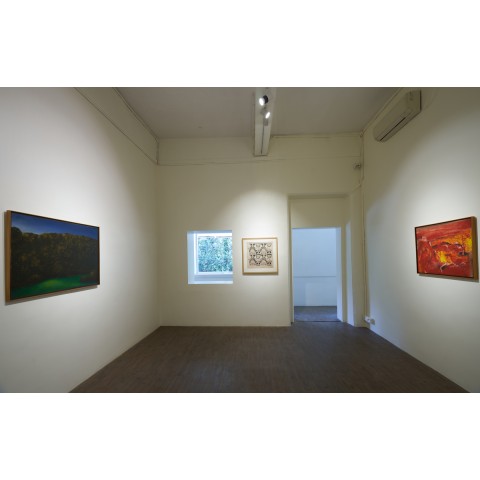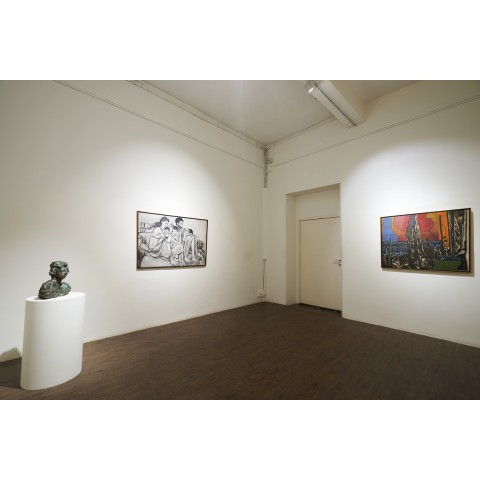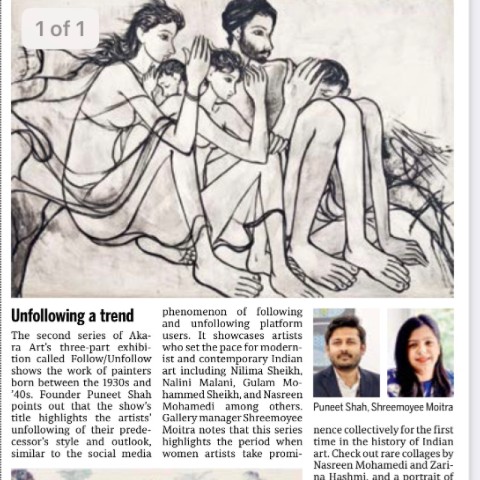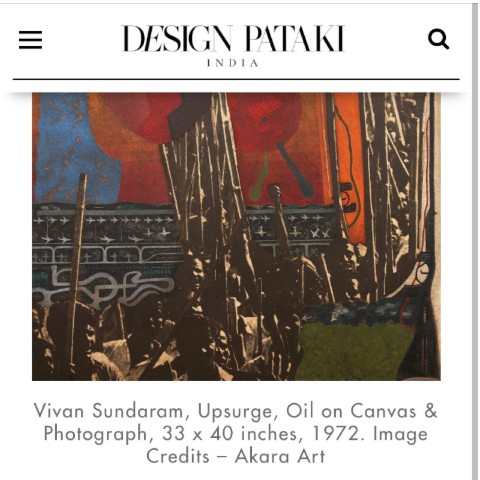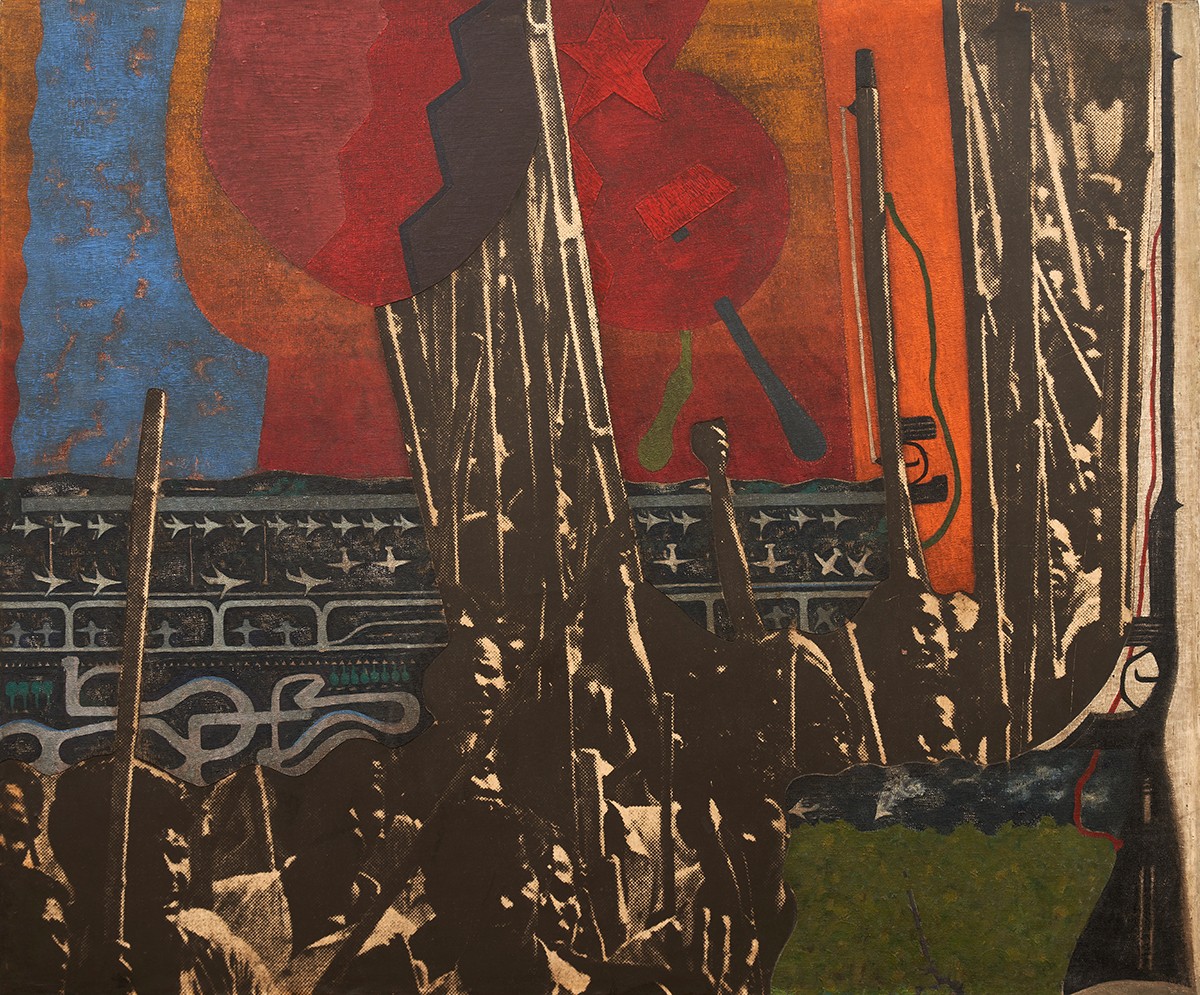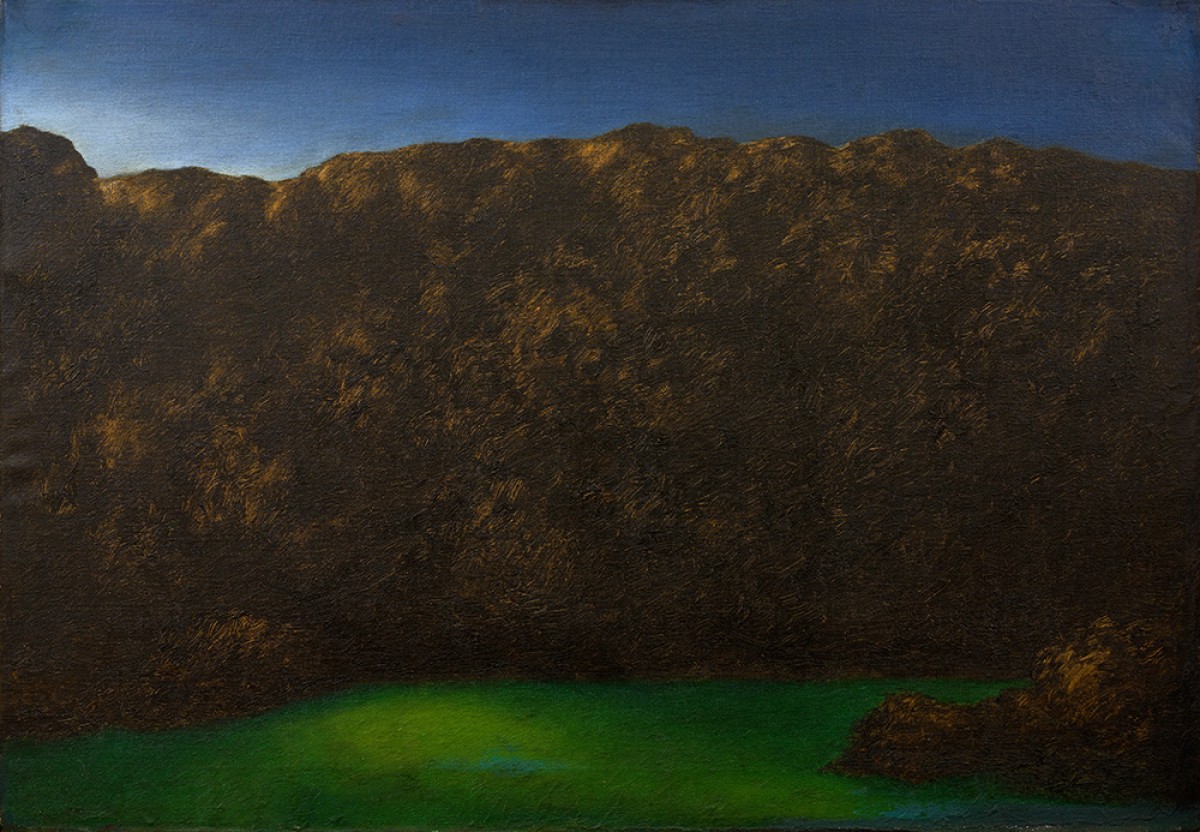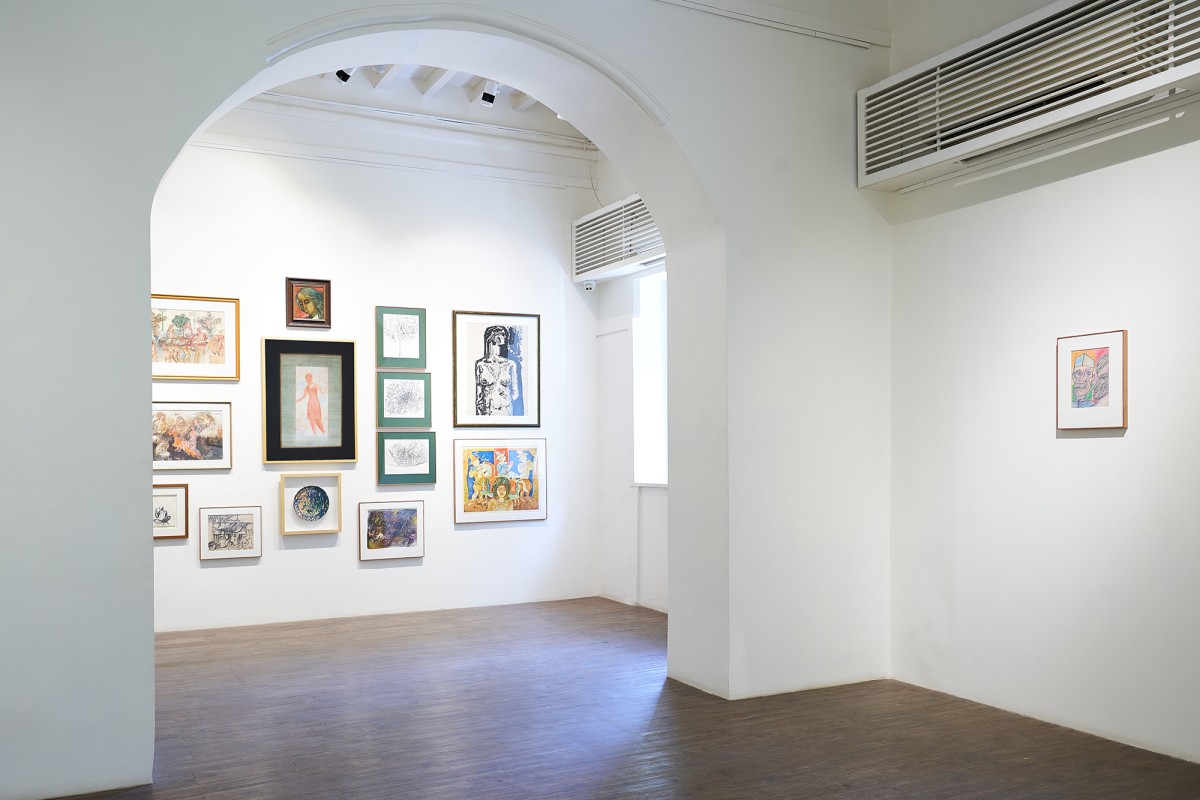
FOLLOW UNFOLLOW
August 26 - September 17 , 2022
Indian painters
born in the 1930s and 1940s who are the focus of the present show pioneered
innovative forms of figuration in deeply individualistic styles. By drawing on
an extraordinarily wide range of sources – Ajanta murals, early Renaissance
European painting, pahari miniatures,
Kalighat pats, the work of Indian
modernists, the decoration of roadside shrines, and so on – they sidestepped
the accusation of derivativeness that was commonly thrown at the previous
generation of Indian artists. Their eclectic choices of following and
unfollowing allowed them to evade the ‘Indian X’ label, where X stood for Pablo
Picasso, Marc Chagall, Francis Bacon or some famed western modernist.
Apart from a few notable exceptions like Jogen Chowdhury, painters of this generation lacked the formal virtuosity possessed by leading artists of the preceding period such as M.F. Husain and F.N. Souza. Their victories were hard won and visions slow to mature, but to my mind their collective achievement represents the definitive coming of age of Indian modernist art.
The prevailing
art world model in the 1970s was one of hubs and spokes, with metropolises like
New York and Paris at the centre and post-colonial cities at the margins. In
temporal terms, Western Europe and the United States were said to lead and the
rest of the world to follow. Applied with particular stringency to
non-figurative art, the model slotted Indian abstractionists as somewhat
belated adopters of movements such as abstract expressionism and minimalism
rather than as explorers in their own right. Meanwhile, within India, a growing
sense that art ought to tackle social realities spurred a critique of abstract
art’s disinterest in engaging with pressing issues.
It is only in
the last fifteen years that the work of artists like Nasreen Mohamedi has fully
achieved the recognition it always deserved. The rise in her reputation and
that of other Indian abstract painters is a consequence of a shift away from
Eurocentrism and a subtler understanding of cross-currents of artistic
influence. Twentieth century art history has been reconfigured from a
monolithic narrative into one of multiple modernities emerging and creatively
interacting across the world.
An important feature of the loosely knit groups of artists who came to
prominence in the 1970s, whether they leaned towards figuration or abstraction,
was the substantial representation among them of women. It was remarkable given
the dearth of forerunners they had as role models within India, as well as the
situation then prevalent in the world at large including the supposed hubs of
global art. These female voices considerably broadened and deepened the
painterly exploration of social locations and individual emotional states. They
initiated a productive and collegial give-and-take not only among themselves
but with a generation of male peers whose output (and, presumably, outlook) was
unusually free of machismo.
-Girish Shahane
